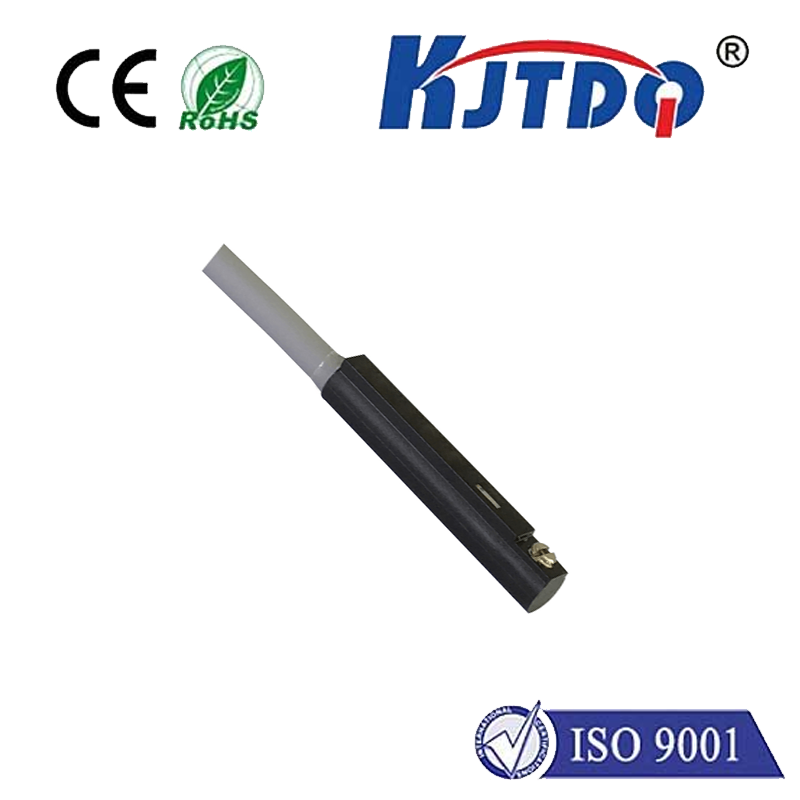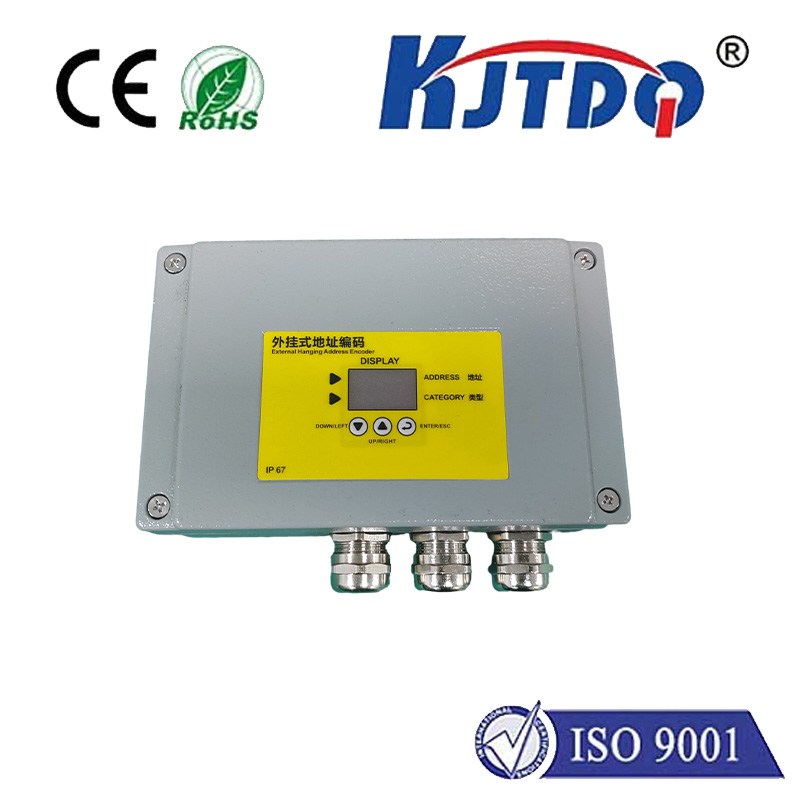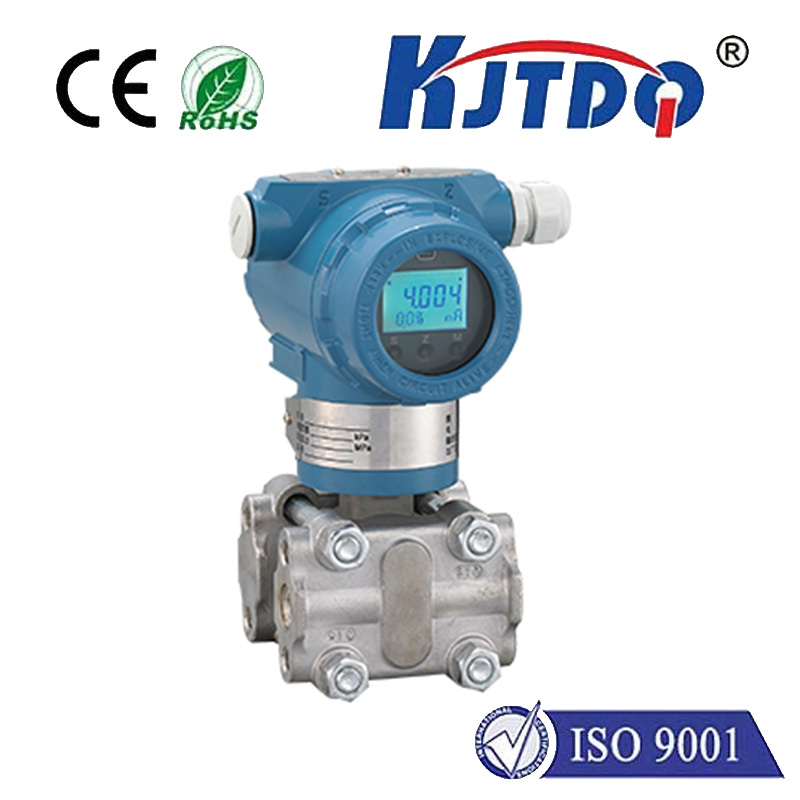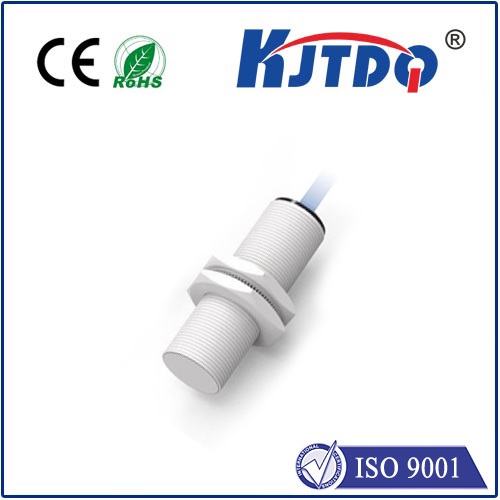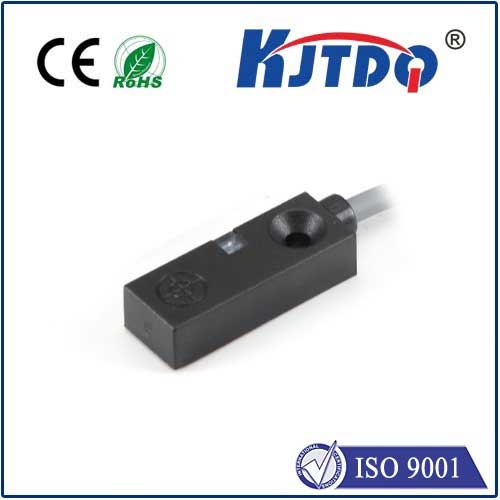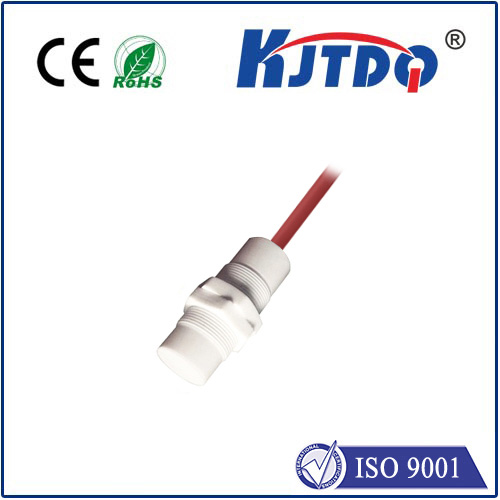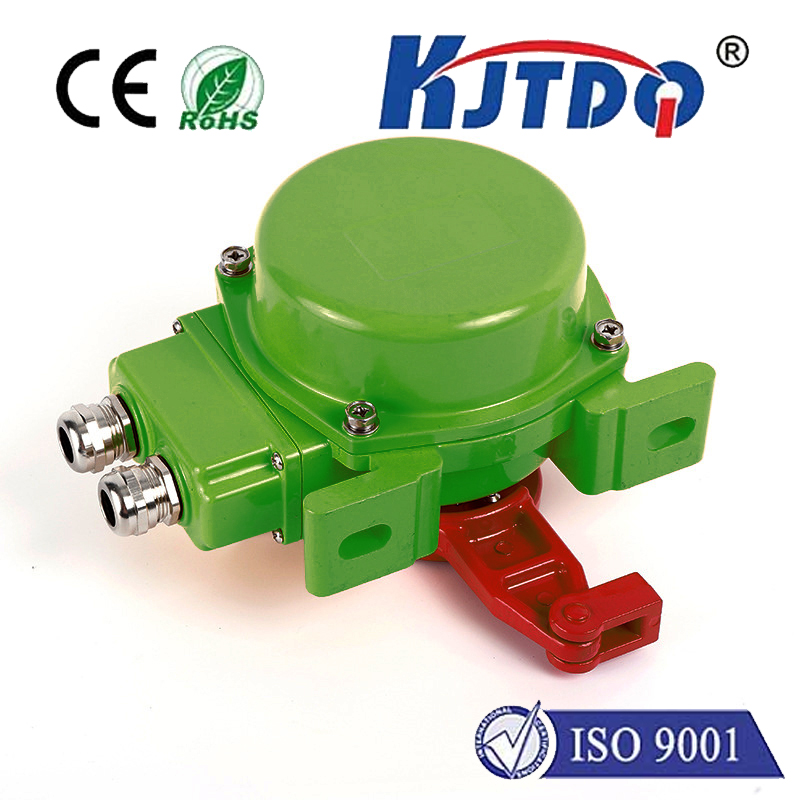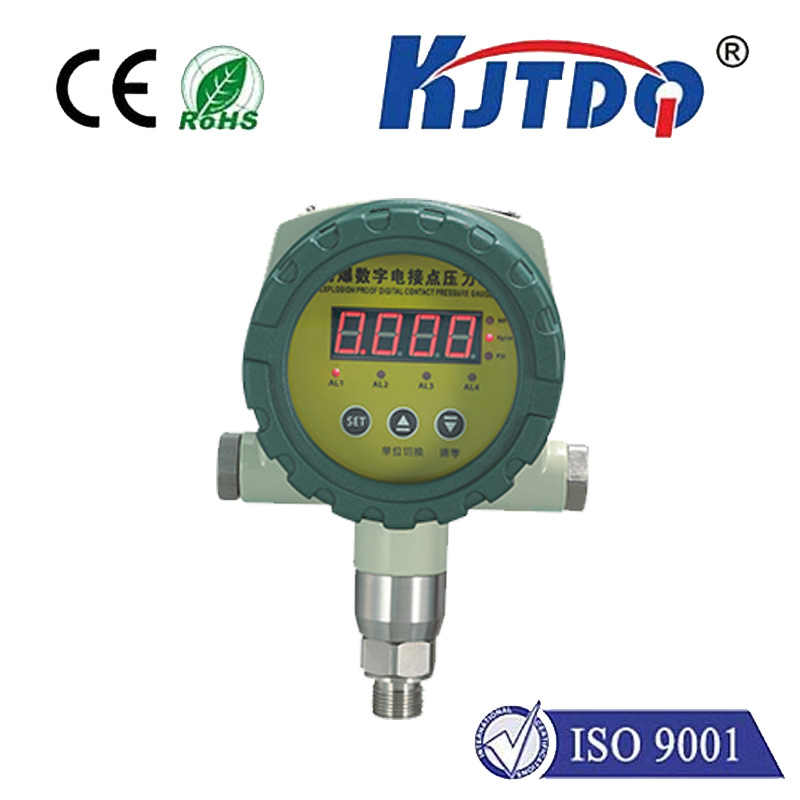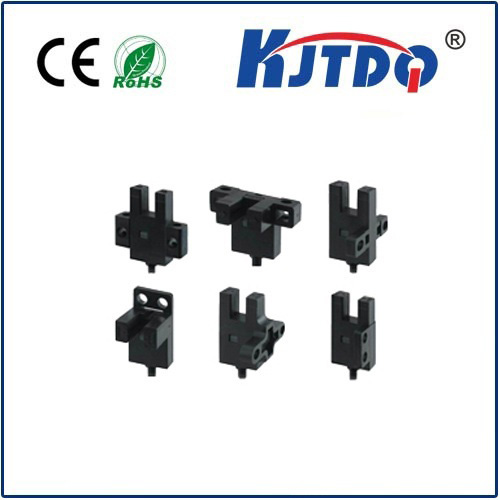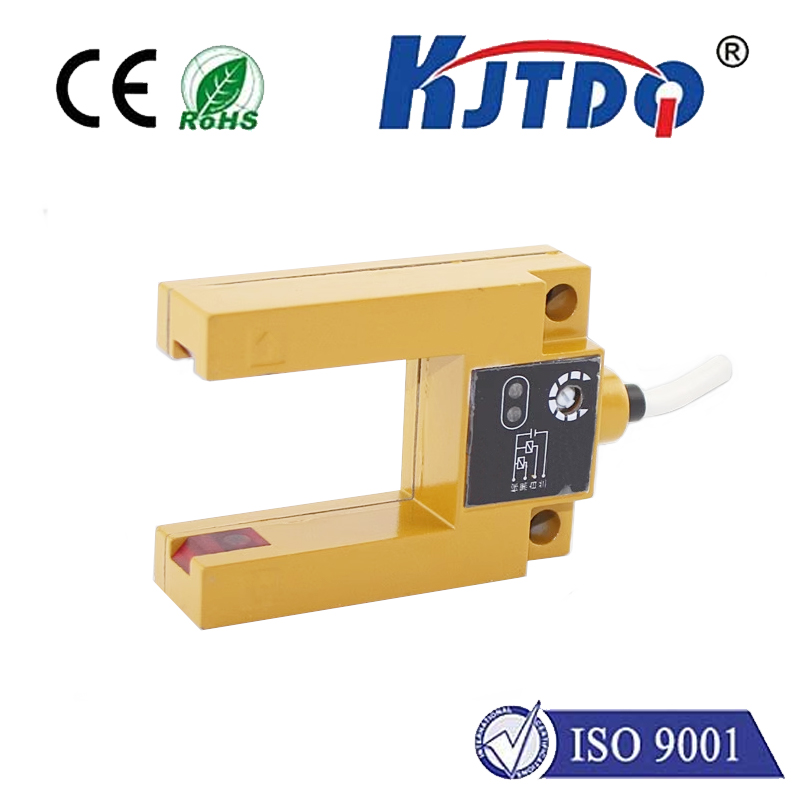optical sensor working
- time:2025-08-16 05:25:32
- Click:0
The Invisible Interpreter: Demystifying How Optical Sensors Work
Light. It’s fundamental to how we perceive the world. But beyond our eyes, a sophisticated class of electronic devices tirelessly captures, analyzes, and interprets light to power countless modern technologies. These are optical sensors, the unsung heroes translating photons into actionable data. Understanding their working principle is key to appreciating their pervasive impact.
At its core, an optical sensor is a device that converts light (photons) into an electrical signal (electrons). This fundamental transformation, governed by the photoelectric effect, enables machines to “see,” measure, detect, and respond to light in ways far beyond human capability. Whether it’s your smartphone adjusting screen brightness, a factory robot identifying parts, or a medical device analyzing blood, optical sensors are silently making it happen.
The Essential Components: A Collaborative System

An optical sensor system isn’t just a single chip; it’s typically a coordinated assembly:
- Light Source (Often, but not always): Many systems emit light towards a target. This could be an LED (Light Emitting Diode), laser diode, or even ambient light (like sunlight). The choice depends on the application’s required wavelength (infrared, visible, ultraviolet), intensity, and coherence.
- Optical Elements: Lenses, filters, apertures, and mirrors guide, focus, filter, or manipulate the light beam traveling to and from the target. A filter, for instance, might block unwanted ambient light, allowing only the specific wavelength relevant to the measurement to reach the detector.
- The Photodetector (The Heart): This is the crucial component where the magic of light-to-electricity conversion occurs. Common types include:
- Photodiodes: Generate a small current proportional to the incident light intensity. They are fast, linear, and widely used.
- Phototransistors: Similar to photodiodes but offer internal amplification, providing a larger output signal for weaker light, though often slower.
- Photoresistors (LDRs - Light Dependent Resistors): Change their electrical resistance based on light intensity. Simple and inexpensive, but slower and less precise.
- Image Sensors (CCD/CMOS): Arrays of millions of tiny photodiodes capturing spatial light information, forming digital images or videos. The CMOS sensor dominates modern digital cameras and smartphones.
- Signal Conditioning Circuitry: The raw electrical signal from the photodetector is usually weak or noisy. This stage involves amplifiers to boost the signal, filters to remove electrical noise, and analog-to-digital converters (ADCs) to transform the analog signal into a digital format a microprocessor can understand.
- Processing & Output: The digitized signal is interpreted by a microcontroller or computer. Based on the application, this could mean triggering an alarm, displaying a measurement, adjusting a machine’s position, or storing data.
The Working Principle: From Photons to Data Points
Let’s break down the sequence of optical sensor working:
- Light Interaction: Light (either emitted by the sensor system or ambient/reflected from the environment) interacts with the target. This interaction could involve:
- Transmission (light passing through a material)
- Reflection (light bouncing off a surface)
- Absorption (light being absorbed by the material)
- Scattering (light being deflected in multiple directions)
- Fluorescence/Emission (the target emitting light itself, often at a different wavelength)
- Reception by Photodetector: The modified light (reflected, transmitted, emitted) reaches the photodetector. Its properties (intensity, wavelength, arrival time, angle, spatial pattern) have been altered by the interaction with the target.
- Photoelectric Conversion: Within the photodetector, photons strike the semiconductor material. If a photon has enough energy (greater than the material’s bandgap), it knocks an electron loose, creating an electron-hole pair. This generation of charge carriers (electrons and holes) is the essence of the photoelectric effect.
- Signal Generation: The movement of these charge carriers under an applied voltage (or built-in potential, like in a PN junction photodiode) generates a small electrical current (photocurrent) or changes the electrical resistance. This is the fundamental signal output.
- Signal Conditioning: The tiny photocurrent or resistance change is processed. Signal conditioning circuits:
- Amplify the signal to usable levels.
- Filter out unwanted electrical noise (60Hz hum, RF interference) and sometimes specific light wavelengths.
- Convert the analog signal to a precise digital value using an ADC.
- Interpretation & Action: The digitized data representing the light’s characteristics is fed to a processor. Sophisticated algorithms compare this data against expected values, calibrations, or reference signals. The result? Actionable information:
- A numerical value (e.g., oxygen saturation level from a pulse oximeter).
- A detection event (e.g., an object breaking a light beam in a safety curtain).
- An image (constructed from millions of pixel values from a CMOS sensor).
- A control signal (e.g., adjusting a printer head based on paper edge detection).
Why Light? The Advantages of Optical Sensing
Optical sensors dominate many fields because they offer distinct benefits:
- Non-Contact: Measure or detect without physical touch, preventing damage or interference with the target. Crucial for delicate objects or high-speed processes.
- High Speed & Precision: Capable of detecting extremely fast events (e.g., laser rangefinding) and providing highly accurate measurements (e.g., spectral analysis).
- Versatility: Can measure diverse properties: presence/absence, position, displacement, speed, color, chemical composition, temperature, pressure (indirectly), surface quality, and more. The optical sensor working principle adapts to countless contexts.
- Immunity to EMI: Unlike some electrical sensors, they are generally immune to electromagnetic interference, making them reliable in electrically noisy environments.
- Rich Information: Especially imaging sensors, which capture vast amounts of spatial data.
Where the Light Leads: Ubiquitous Applications
The optical sensor working principle enables technologies we encounter daily:
- Consumer Electronics: CMOS sensors in smartphones and digital cameras; ambient light sensors for auto-brightness; proximity sensors for turning off screens during calls; optical mouse; fingerprint scanners; heart rate monitors.
- Industrial Automation: Object detection on assembly lines; barcode and QR code scanners; precise position sensing; quality control (inspecting surface defects, color matching, fill levels); safety light curtains.
- Medical & Life Sciences: Blood oxygen monitors (pulse oximeters); glucose monitors; DNA sequencers; fluorescence microscopy; medical imaging (endoscopes, OCT).
- Automotive: Lane departure warning; adaptive cruise control (radar often used, but LiDAR - Light Detection and Ranging - is optical); rain sensors for automatic wipers; ambient light sensors; in-cabin monitoring. LiDAR uses pulsed laser light and time-of-flight measurement for precise 3D mapping.
- Environmental Monitoring: Measuring turbidity in water; detecting specific gases via absorption spectroscopy; weather stations measuring sunlight intensity or cloud cover.
- Security & Defense: Motion detectors; night vision; optical fiber intrusion detection;












